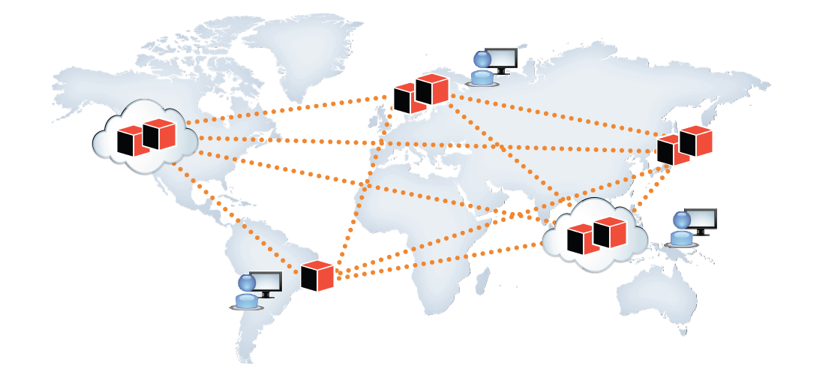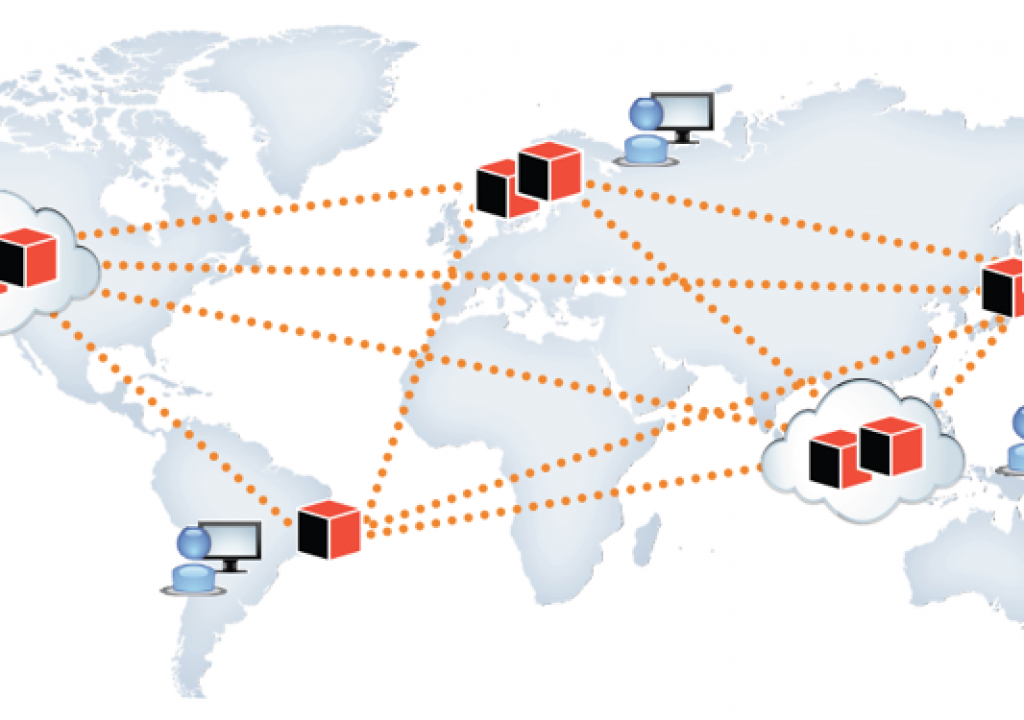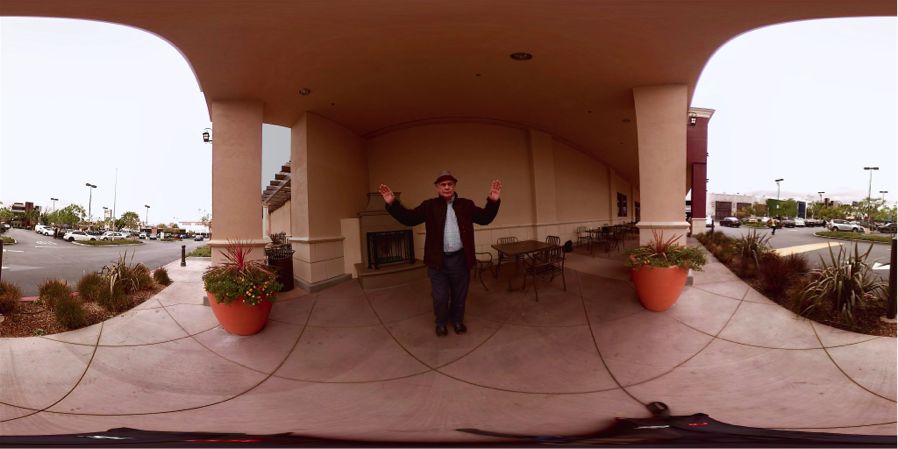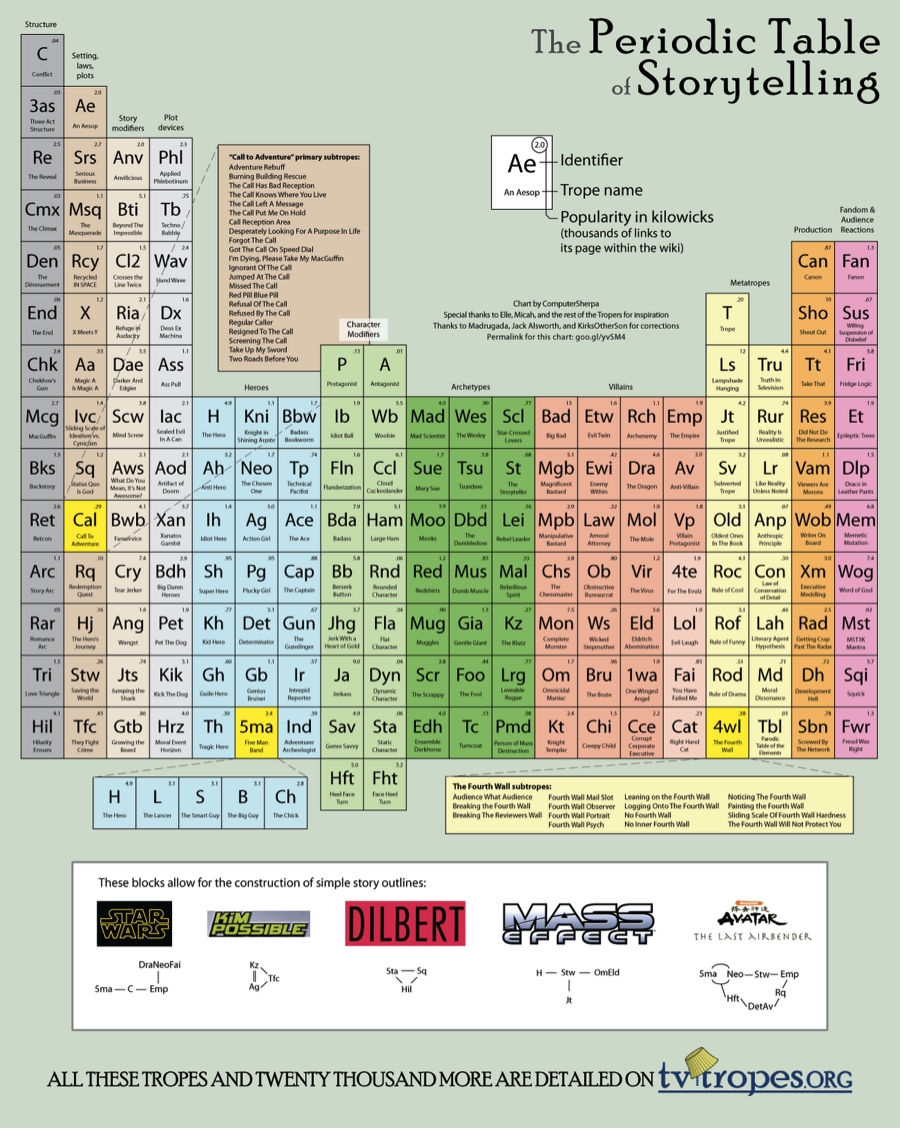
The Fellini film 8½ is perhaps one of the best films about the anxiety and creative crisis of making a film. In the 50 years since the film was made, the challenges faced by anyone trying to produce a film or television program have only increased. Creative issues aside, there are a lot of new issues. Technology has certainly become a dominate one. New technologies appear on a regular basis that promise to make your film or television production both easier and less expensive. What those promises don’t reveal is the anxiety from the new complexity and problems created by those technologies. To solve that problem you need to know how to ask the right questions about new technology. Once you know the needs of your production you can start asking the right questions about how a new technology is going to help you finish the job.
The problems of dealing with new technology become obvious when you sit down and start to plan out a film or television production. All the old questions that plagued Fellini’s protagonist are still there but there are a lot of new questions that need to be answered. Technology provides a huge list of options for pre and post-production as well as distribution. It becomes challenging when you start to ask “What technology resources do I need?” and then balance that with “What resources can I remove to simplify the process of making my film?”. These are just two questions and you’re going to need to ask a lot of them before you can finally feel comfortable with your technology choices.
The correct questions come from anticipating your problems before they happen. This talent comes from a natural intuition about what issues might come up during production but you also need the ability to pay attention to the things happening around you. In terms of technology this means that you are always maintaining your technology literacy in a field that changes weekly. You need to stay current so you can anticipate which technologies are going to make your life simpler. You also need to know what additional problems are going to be created by using that technology. Staying current means asking the right questions when new technologies appear.
This chapter is a case study of the kinds of questions that were used to investigate how the new technology of distributed databases is going to impact media production. It isn’t really a list of standard questions to evaluate a new technology, those don’t exist. It is an inquiry that tries to figure out why the new technology might be relevant to film and television producers. The answers are there to deal with one simple question, “Is this going to make my life easier in making this film/ television project?”.
Although most people don’t think about databases, they are usually the backbone for the production pipeline and distribution of any digital creative property. They usually operate transparently in the background but there are some changes in the database technology, specifically distributed databases that are going to change the way media production does business. I sat down with Frank Huerta, the CEO and Co-founder of TransLattice, and his team to talk about the disruption and opportunities that are going to come in the media production space with distributed databases.
What story are you telling people in the Entertainment space about what technology can do and what you think the role of distributed databases is going to be?
The world is global and not centralized. The world is getting data and moving data to various locations throughout. The world itself is going to move towards a distributed database concept. With our distributed database [TransLattice] we’re going to allow people to work and interact with content in a completely new way. With a distributed database you have the ability to have database nodes deployed in multiple geographies, close to the users, both on premise and in the cloud, and it works as one single unified database. We can then move the data closer to where the users are accessing it. That helps reduce latency and the whole system keeps track of all its transactions that are happening in real time. It will also provide additional redundancy that you couldn’t get before, that you can’t get with current systems easily because we can actually make the data redundant in multiple locations very easily. We can also localize data, we can say ‘we don’t want this data to be located in China’ and I want this data to be in the cloud or in India or wherever. We see similar problems storing and syncing data in media production. It doesn’t matter if you’re trying to store data or you’re trying to keep people in sync across locations or across platforms. You’ve got the same kinds of problems with keeping the data in sync.
I’m looking at the range of potential uses for this technology. I’ve been looking at the production side but you’re talking about the distribution side as well.
Absolutely, we have another customer that uses TransLattice to handle their subscriptions to their assets and also keep track of their gamers who are playing. They keep track of everything that is related to the subscriptions and the usage across all of their various assets, whether it is their film assets or their games or other things that are related to their properties. So we can connect games, movies and other forms of entertainment together into one unique database. Right now a lot of that stuff is siloed in multiple individual databases. We can now combine them into one and have the running in multiple locations and on multiple platforms.
What would you tell film, television or transmedia producers are the top three technology issues that they need to be aware of right now?
I think one is production workflow. I think the second is going to be protecting assets and making sure things don’t fail in whatever business you’re running. So, for example if you have a website you need to have multiple levels of redundancy, active redundancy going on. The third is really keeping track of data in certain locations, you need to be able to place data in certain locations. For example, you might not want to have data leave the United States, you may only want to have data located in certain places and that is very unique to distributed databases. I’ll add a fourth, as you’re adding new capacity around the world, for example, with joint ventures in various countries like in Russia, China and India, how do you expand your business globally easily so that you’re still writing on one data footprint?
There is a lot of hype around analytics and big data, how do you think that it is going to impact the entertainment industry and why do you think people should be paying attention to that?
A lot of what’s been done with big data is in the analytics area where you’re processing stuff for a couple of days and seeing if you can find trends in structured, non-structured data, stuff like that and I think that’s useful. I think you might be able to find trends in processing and programming and things like that. We’re using distributed databases to focus on the transactional side of things so we’re querying the data with various types of questions like ‘hey I want to see what happened on this day with this type of film and this type of animation, this type of game, whatever, and see if I can correlate that with traditional OLTP (online transaction processing), basically it simplifies transactions between systems such as banking or internet shopping]. In the past 5 to 7 years you’ve seen a lot of work on the analytics side of transactional data and a lot of people doing things like looking for a needle in a haystack on various types of things and trends. We’re using distributed databases to try to upset that traditional core business function of transactions that haven’t really had any disruption in 25 years. People have tried to do this distributed database before and failed and we’ve made a major technological leap to do this. So can handle large datasets, we can actually reduce the workload you have to do with all of the analytics because we can actually process a lot of stuff locally, in various regions, before it has to be sent off for analytics processing. We can make it more efficient.
What do you think is coming? What is the next big thing that technology is going to do for the industry?
There are some clear trends in IT that are happening. One is that people need to expand their businesses geographically. That might be within their own city, within their own country or throughout the world. There will be partnerships and business arrangements that need to accommodate multiple places where you have data flowing in and out of, multiple partnerships,
Redundancy is certainly another one. You can’t have all these systems go down, we have so much riding on whatever we’re doing with our data now. With distributed databases you get unprecedented levels of redundancy, you can three or four copies of your data on each continent. If you suffer a global event like Hurricane Sandy or a major earthquake and it takes down an entire continent or even two continents you will be covered with multiple copies of your data throughout your distributed database system.
Another thing would be the protection of data from a privacy standpoint. In certain cases data can’t leave countries. You may not want your entertainment data, whatever it is that’s valuable, leaving a certain place. Distributed databases can help control that.
The last thing would be the complexity of media distribution. The distributed aspect for the entertainment industry is especially important now and into the future because all of a sudden you have more distribution endpoints than ever before because you’re delivering entertainment properties to individuals on their PCs, into their homes, into their cable networks and into their mobile phones. That would be very hard not to swamp traditional siloed systems. By putting your data closer to the edge of the network in nodes can really help optimize your end user experience.
There’s a lot of resistance in the film and television industry towards any kind of change. What are your perspectives on how change is going to happen within that industry? What kind of messaging and value propositions are going to need to be in place before people start embracing new technology like distributed databases?
TransLattice is in a lot of industries that are resistance to change. You really have to bring a strong value to the customer, especially as a smaller tech start-up. We hope to be able to let people expand their business; bring additional money in with our technology. Some obvious points are about providing redundancy and assurance that your site doesn’t go down and cost you a lot of money. We think our value proposition is a dramatic improvement over what you can get today with current technologies. We’re 50 to 70% less expensive than the big vendors with a higher level of redundancy and better response time.
The interview provides some new ideas along with some new challenges. The technology of distributed databases has the potential to be very disruptive, certainly in terms of distribution and production. The evolution of new workflows will happen and the transition will be guided by the ways that are recognized as most effective and least expensive.

Filmtools
Filmmakers go-to destination for pre-production, production & post production equipment!
Shop Now












